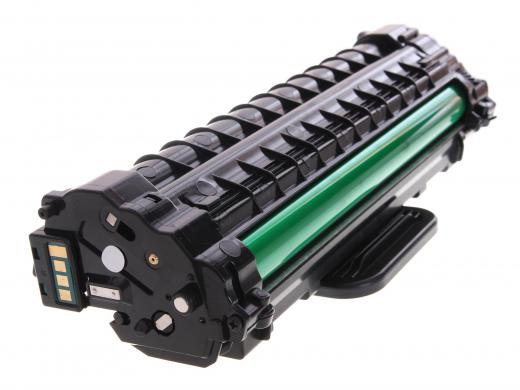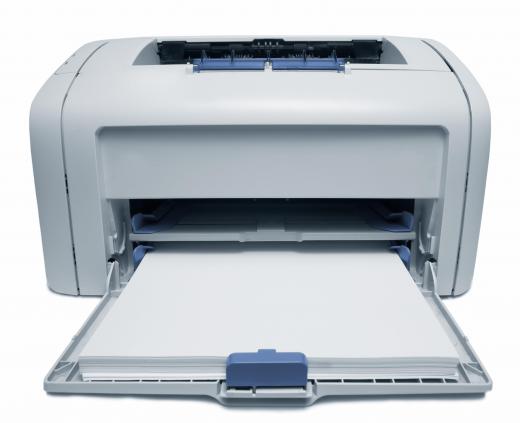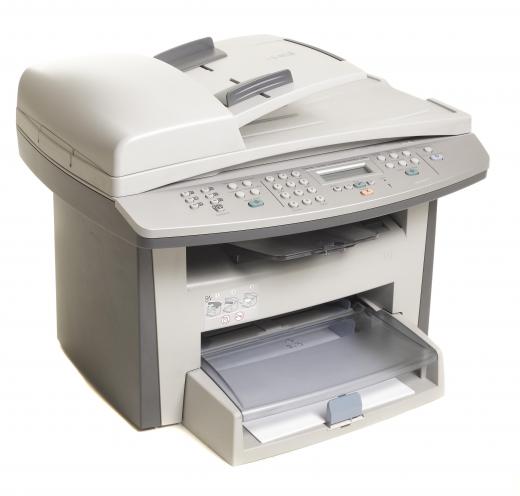The laser printing process is an advanced process that is much more intensive than inkjet printing, in which ink is just sprayed on paper. When an image is sent to a laser printer, a roller begins to spin to build up static electricity. A laser then places the to-be-printed image or text on the roller, so it is electronically grafted on the roller. Toner is then released, and the roller attracts toner in the shape of the image. Paper passes by the roller and finishes the laser printing process by picking up the toner.
After the user sets a document to print, the laser printing process begins by making an internal roller spin. This spinning causes the roller to build up static electricity, which is needed for later parts of the laser printing process. At this stage, the roller does not have anything on it; it is just a blank piece of equipment. Another way the roller builds up electricity is through light, because the roller also is photoconductive.

Lasers come into play next, as a laser is responsible for disrupting the static electricity and causing a reaction with the toner later. The laser contains a negative electrical charge, and it temporarily grafts the image on the roller. This negative charge is very important because, otherwise, the rest of the printing process would not work correctly. This image will disappear after the laser printing process is complete, allowing the roller to take on another image.

Toner — black and color — is released according to the image being printed. For example, if a magenta image is being printed, then magenta toner will be released. The toner has an opposite, or positive, charge that is attracted to the parts of the roller that the laser touched. This means an exact duplicate of the printed image is now printed on the roller. In most cases, the toner will wipe off very easily.

Paper is then introduced as the last step of the laser printing process. The paper is given a negative charge as it passes through the printer but, because the charge is stronger than that on the roller, the toner lifts from the roller and goes onto the paper. This results in the paper taking on the image and leaving the printer. After this, a strong light shines on the roller to erase the grafted image, so a new image can be grafted onto it for the next print.
